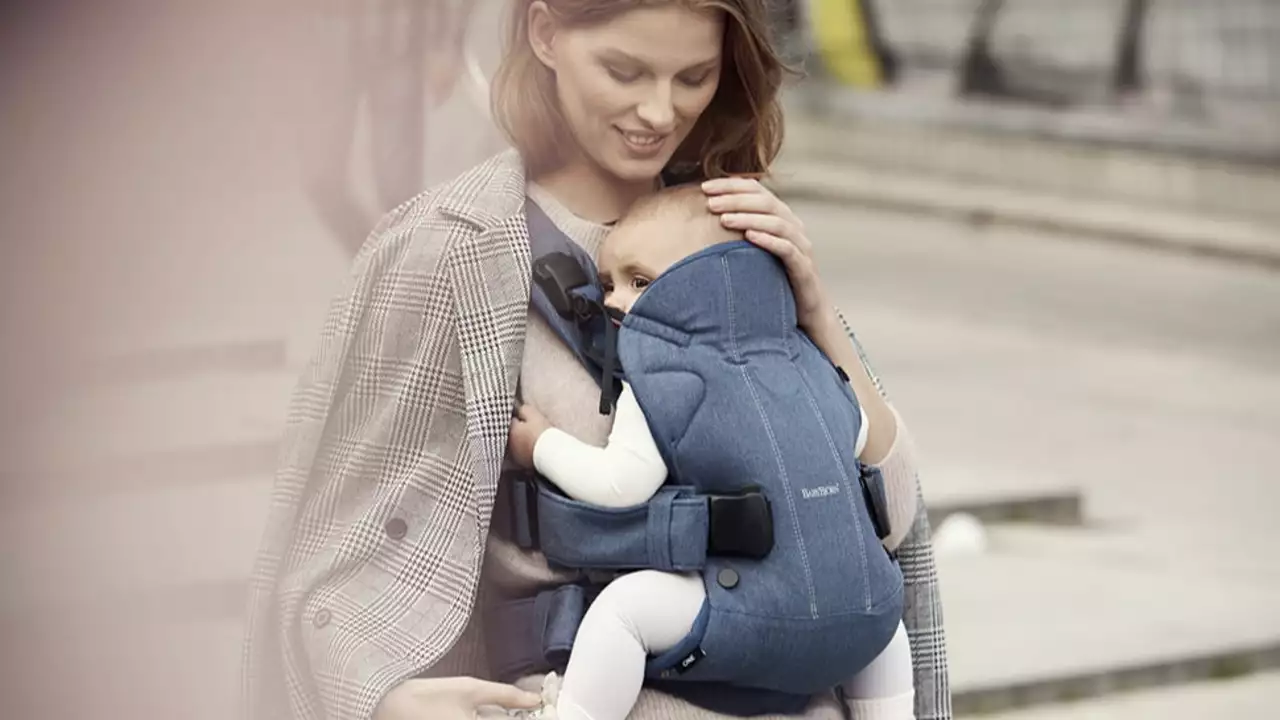Choosing a Baby Carrier: What Every Parent Should Know
If you’re holding a newborn for the first time, the idea of carrying them hands‑free feels like a dream. A good baby carrier can turn that dream into reality, but picking one isn’t always obvious. Below we break down the most important things to look at so you can stop guessing and start enjoying more comfortable outings.
Know Your Carrier Types
The market mainly offers four styles: wraps, soft‑structured carriers (SSC), mei tais, and backpack carriers. Wraps are long pieces of fabric you tie around yourself; they hug your baby close and work well for newborns because you can create a snug pocket. SSCs have built‑in straps and buckles—think of them as a backpack for a baby. They’re quick to put on and adjust, which is great when you’re in a rush.
Mei tais sit somewhere between wraps and SSCs. You slip the fabric through a set of rings, then tie it like a mini‑harness. This gives you the closeness of a wrap with less fabric to manage. Backpack carriers are bulkier and meant for older kids (usually 12 months plus) who need extra support on longer hikes.
Safety First: Fit, Support, and Age
The carrier must hold your baby’s head and spine properly. Look for a firm “U‑shaped” cradle or a padded infant insert that keeps the neck upright until they can sit up on their own (around 4–6 months). The straps should be wide enough to spread weight across your shoulders—narrow straps can cause shoulder pain after a short walk.
Check the weight limit and match it to your child’s current size. Most carriers list a range like “7‑35 lbs.” Staying within that window ensures the carrier’s seams and buckles are designed for the load.
Another safety check is the “T‑position”: when you hold your baby up, their legs should form a gentle ‘M’ shape—knees higher than hips. This position protects the hip joints and reduces future issues.
Material Matters
Breathable fabrics like cotton or mesh keep both you and baby cool during warmer months. If you plan on using the carrier outdoors, consider water‑resistant or quick‑dry material that won’t get soggy in a drizzle. Some carriers also have removable liners for easy washing—handy when spills happen.
Allergies can be a concern, so look for hypoallergenic fabrics if your baby has sensitive skin. A smooth inner lining helps avoid chafing on delicate newborn skin.
Ease of Use and Lifestyle Fit
Think about how often you’ll use the carrier and in what settings. If you need a quick “on‑and‑off” solution for errands, an SSC with buckles wins over a wrap that requires knotting each time. For long walks or travel, choose a carrier with good lumbar support and pockets for your phone, keys, or diaper bag.
Some parents love the versatility of carriers that grow with the child—many brands sell add‑on inserts for newborns and then convert to regular use as the baby gets bigger. This can save money in the long run.
Final Quick Checklist
- Match carrier type to your comfort level (wrap vs SSC vs mei tai).
- Ensure proper head‑and‑neck support for newborns.
- Check weight range and hip‑position guidelines.
- Select breathable, easy‑to‑clean fabric.
- Pick a model that fits your daily routine—quick buckles for errands, sturdy straps for hikes.
Choosing the right baby carrier is less about brand hype and more about how it feels on you and keeps your child safe. Use this guide as a starting point, try a few in store if you can, and trust your gut—if it feels comfortable, you’re probably on the right track.
Babywearing brings numerous benefits, from strengthening the bond with your child to promoting their physical and emotional development. It also frees up your hands, making multitasking much easier. However, choosing the right carrier is crucial for both your comfort and your baby's. You'll want to consider factors like your baby's age and weight, your lifestyle and the carrier's safety features. With the right carrier, babywearing can positively contribute to your parenting journey.


 Medications
Medications